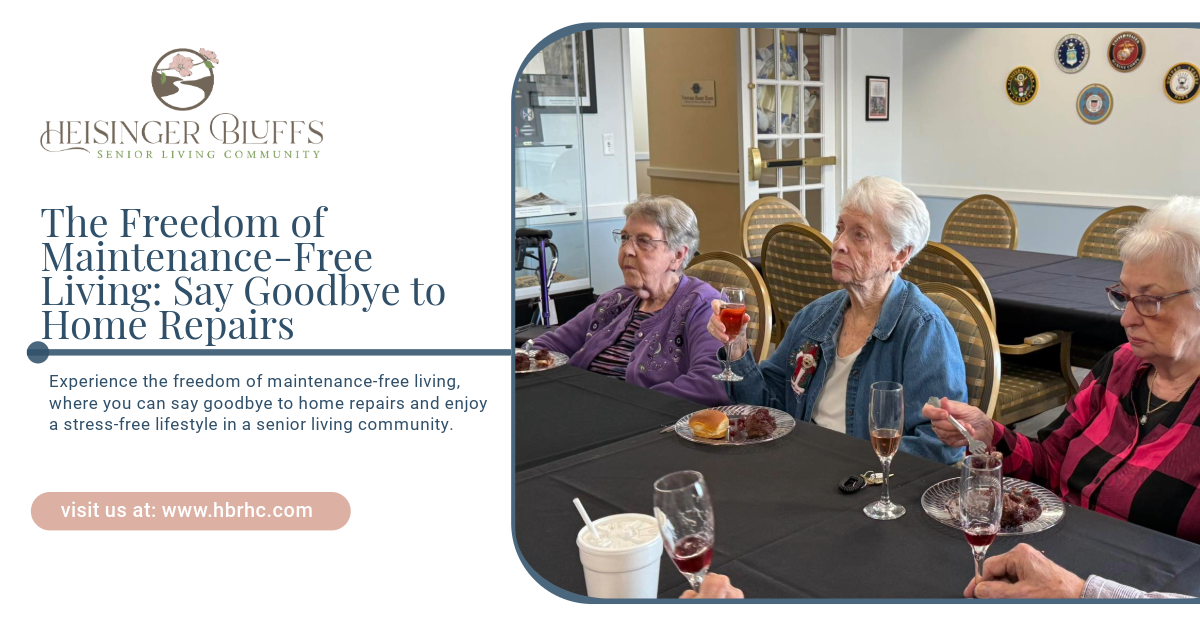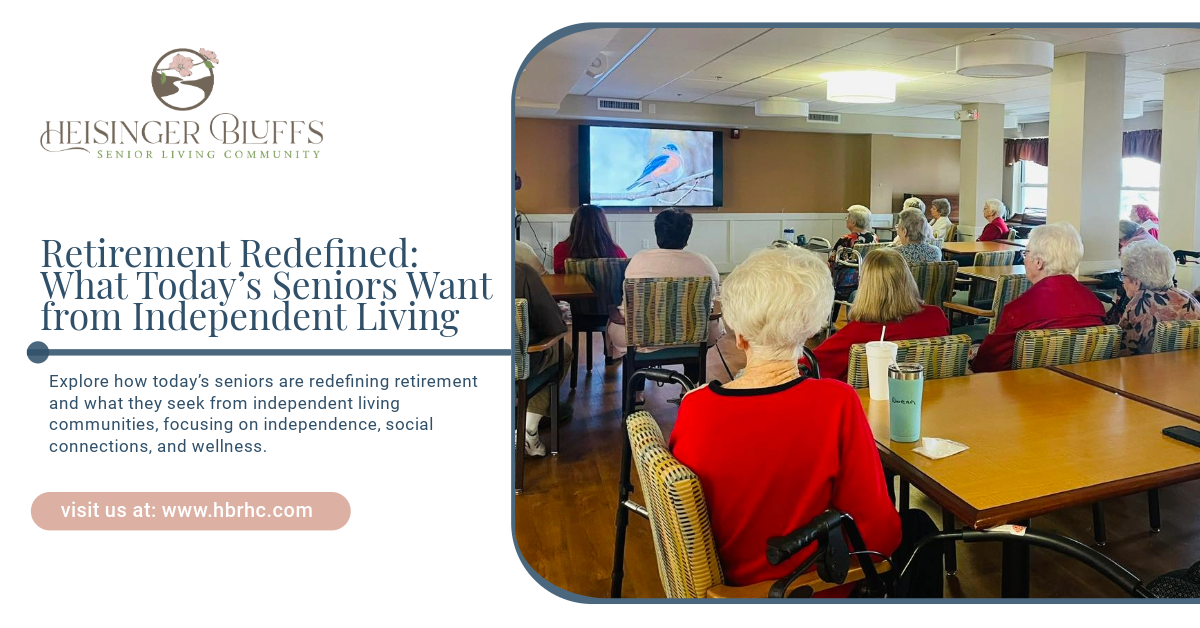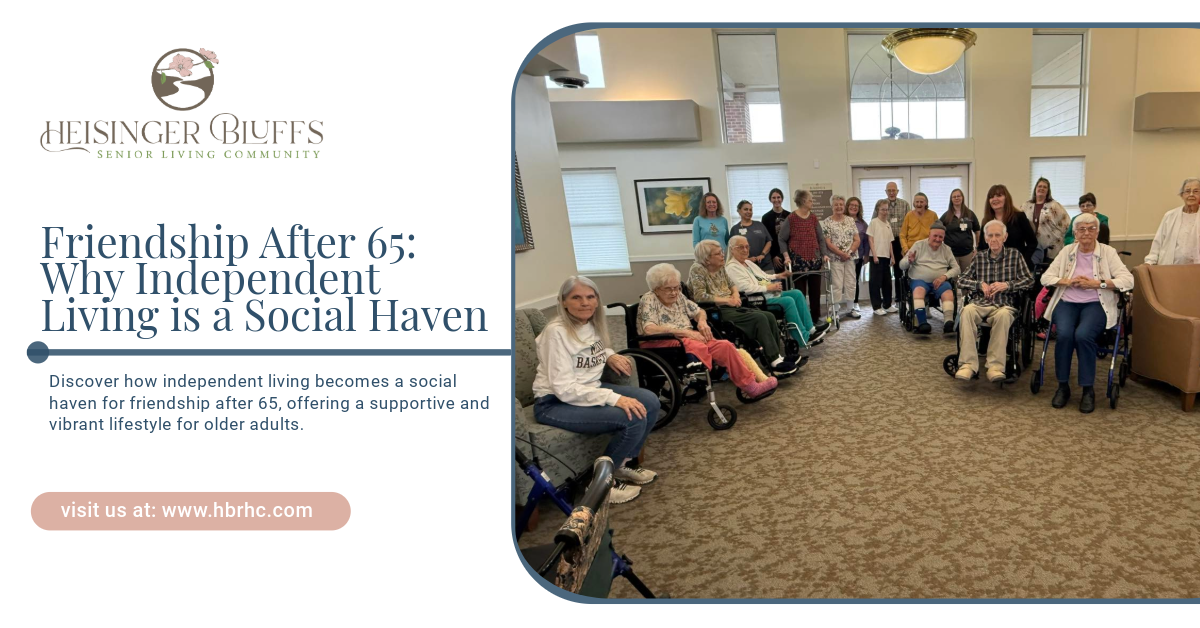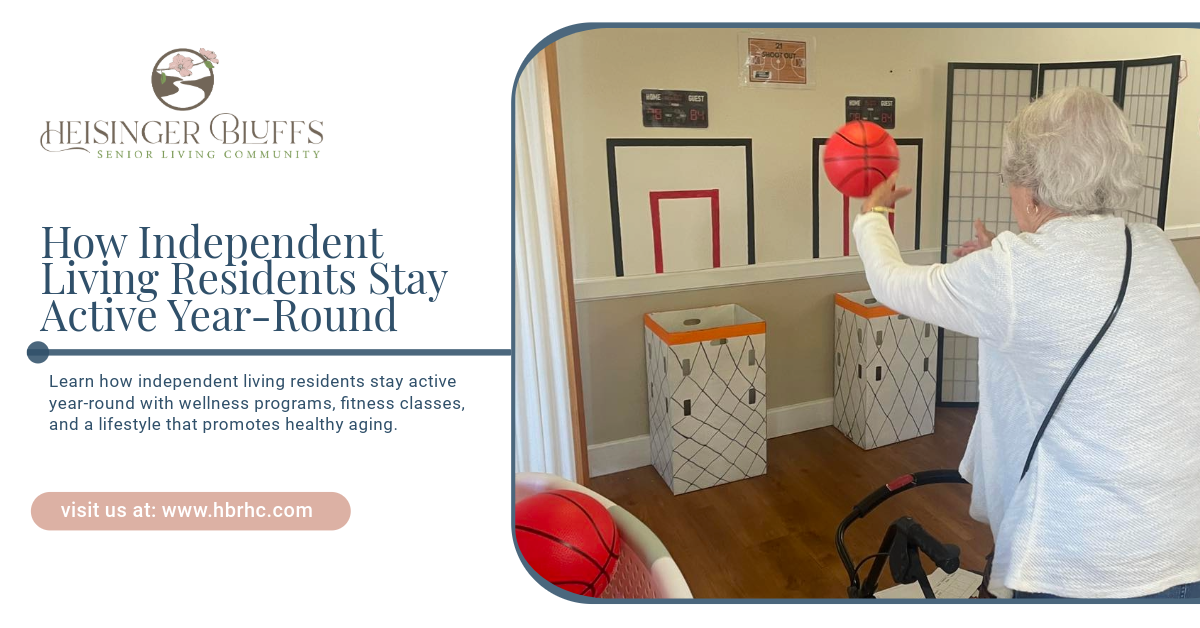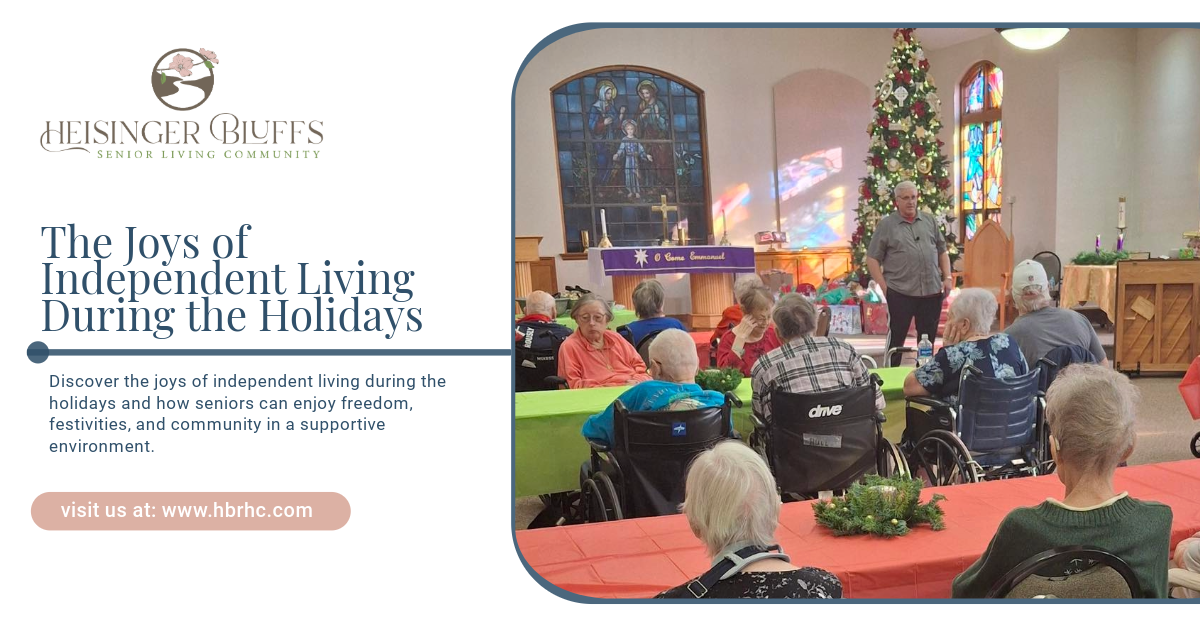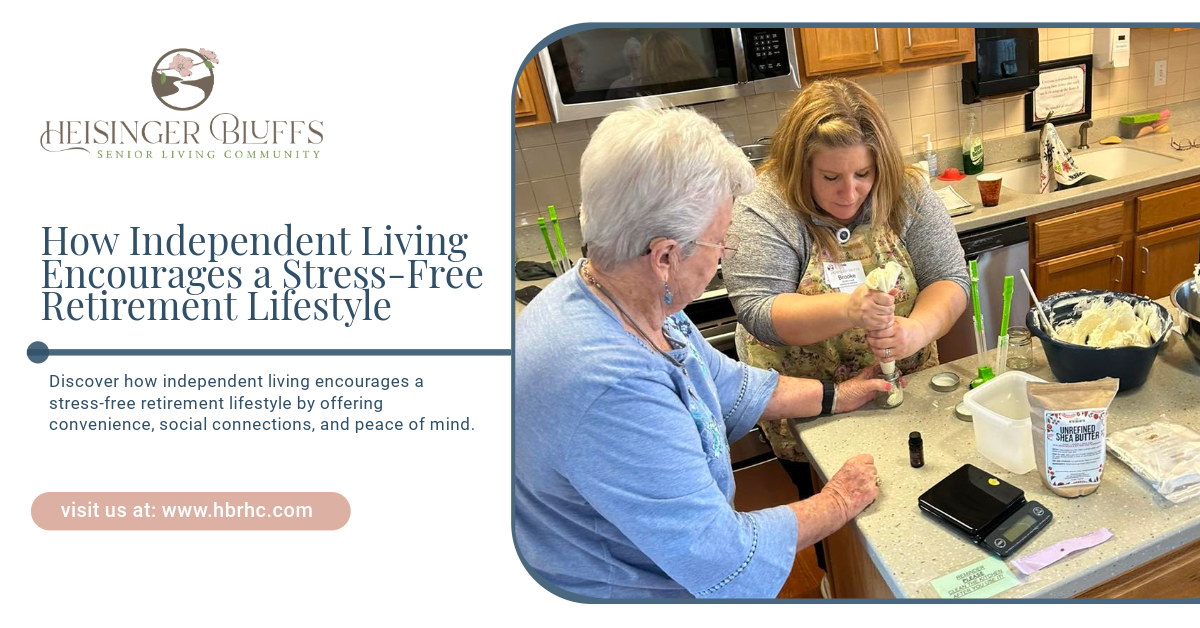Get in touch
Empowering Seniors: Innovative Memory Care Programs for Enhanced Well-being
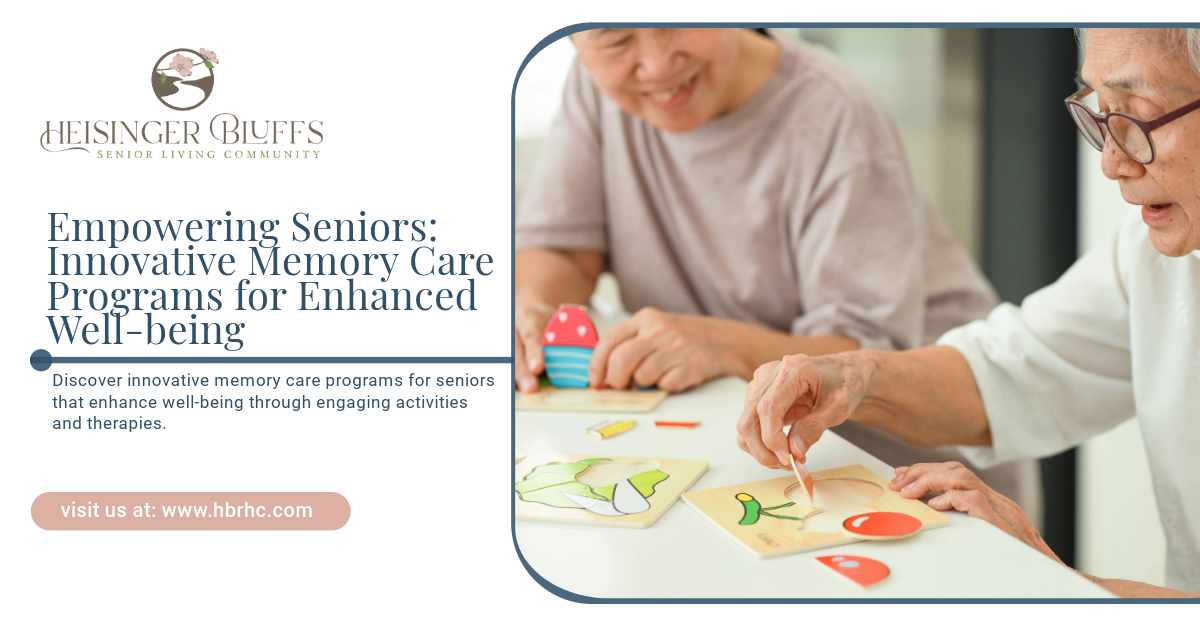
Memory Care Programs Overview
Understanding Memory Care
Memory care is a specialized support system designed for older adults living with Alzheimer's disease or other forms of dementia. This type of programming focuses on maintaining cognitive abilities, independence, and overall quality of life for individuals with memory disorders. Memory care facilities provide a secure environment that is tailored to the cognitive and physical needs of residents, incorporating personal histories and interests to design customized activities.
These facilities often feature secured premises, monitoring systems, and extensive support services. The aim is to provide not only safety but also enrichment through engagement in diverse memory care programs for seniors.
Importance of Memory Care Activities
Participating in meaningful activities is crucial for seniors with memory-related conditions. These activities are designed to promote individualized engagement and can significantly impact residents' emotional and cognitive well-being. Engaging in memory care activities helps to stimulate the brain, slow cognitive decline, and improve overall happiness.
Here is a breakdown of the benefits of memory care activities:
| Benefit | Description |
|---|---|
| Cognitive Stimulation | Activities such as puzzles or games enhance mental functioning. |
| Emotional Well-being | Engaging activities can alleviate feelings of loneliness and depression. |
| Social Interaction | Group activities foster connections among residents, reducing isolation. |
| Physical Health | Movement-oriented activities lead to improved physical health and mobility. |
| Personal Connection | Tailored activities based on individual preferences strengthen emotional ties. |
The importance of memory care activities goes beyond simple engagement; they are essential for supporting seniors in maintaining their dignity and promoting their overall well-being. For more information on specific activities, explore our guide on memory care activities for seniors. Activities may include music therapy for memory care and art therapy for seniors with dementia. These therapies utilize creative expression as a means of fostering connection and enhancing memory, highlighting the power of art in improving cognitive function.
Physical Activities in Memory Care
Physical activities play a vital role in enhancing the well-being of seniors in memory care programs. These activities not only improve physical health but also contribute positively to cognitive function and emotional stability.
Benefits of Physical Activity
Engaging in regular physical activity has numerous benefits for individuals within memory care units. Some of the key benefits include:
- Enhanced Brain Health: Physical activity is crucial in memory care programs to improve cognitive function and overall brain health.
- Improved Independence: Regular exercise can help seniors maintain their physical capabilities, fostering greater independence.
- Psychological Health: Physical activities can reduce symptoms of depression and anxiety, enhancing mood and psychological well-being.
- Disease Prevention: Active seniors face a reduced risk of various diseases including heart disease, stroke, type 2 diabetes, and hypertension.
- Reduced Fall Risk: Staying active strengthens muscles and improves balance, reducing the likelihood of falls, which are a significant concern in senior populations.
| Benefit | Description |
|---|---|
| Enhanced Brain Health | Improves cognitive function |
| Improved Independence | Maintains physical capabilities |
| Psychological Health | Reduces symptoms of anxiety and depression |
| Disease Prevention | Lowers risk of chronic diseases |
| Reduced Fall Risk | Strengthens muscles and improves balance |
Incorporating Exercise in Memory Care
Incorporating exercise into memory care programs can include a variety of activities tailored to the abilities of the residents. These activities may range from structured exercise classes to more informal movement activities integrated into the daily routine.
Examples of Exercise Activities:
- Group Exercise Classes: These can include low-impact aerobics, chair yoga, or gentle stretching programs specifically designed for seniors.
- Walking Programs: Regular walking, either in a safe outdoor area or within the facility, encourages mobility and provides opportunities for social interaction.
- Gardening: Raising flowers or vegetables engages both physical activity and cognitive skills, offering therapeutic benefits.
- Adaptive Sports: Introduction of sports modified for seniors, such as bocce ball or shuffleboard.
Memory care facilities often provide secure environments that promote safe participation in these activities, utilizing around-the-clock supervision by skilled staff.
Communication about the types of memory care activities for seniors available can assist families in becoming more involved in their loved one's physical wellness. By tailoring exercise programs to fit each individual's interests and capabilities, staff can promote both health and quality of life within the framework of memory care.
Social Engagement in Memory Care
Social engagement plays a crucial role in memory care programs for seniors. Activating social activities can have profound effects on the mental and emotional well-being of residents.
Role of Social Activities
Social activities are essential in memory care for seniors to combat isolation, anxiety, depression, and loneliness. Engaging in social interactions helps seniors feel valued and supported, contributing to a positive attitude and the development of healthy habits. Examples of social activities that can be integrated into memory care programs include:
| Social Activity | Benefits |
|---|---|
| Group games (e.g., bingo, card games) | Encourages teamwork and cognitive stimulation |
| Group outings (e.g., visits to parks or museums) | Provides exercise and new experiences |
| Sharing stories or memories | Enhances connection and cognitive recall |
| Music and dance sessions | Promotes joy and physical activity |
Promoting Social Interaction
Memory care communities create an environment that promotes independence and reduces confusion, which is particularly beneficial for residents experiencing memory loss. Such environments ensure safety, allowing seniors to engage in social activities without the risk of wandering.
In addition to structured activities, informal social interactions can be nurtured through communal dining areas and common spaces. Staff members are trained to facilitate interactions and encourage relationships among residents. This approach not only enhances social bonding but also helps residents maintain a sense of belonging and community.
Creating opportunities for social interaction in memory care settings can involve various strategies:
- Regular Group Activities: Scheduling regular events that encourage participation and camaraderie.
- Family Involvement: Inviting family members to join activities enhances the social support network.
- Community Partnerships: Collaborating with local organizations to offer new social experiences and interaction opportunities.
Memorable experiences, such as participation in art therapy for seniors with dementia or music therapy for memory care, can greatly enrich the lives of seniors in memory care and foster connections. These activities not only provide enjoyment but also stimulate cognitive functions and enhance individual well-being.
Encouraging social interaction through a variety of methods ensures that seniors remain engaged and supported, which is vital for their emotional health and overall quality of life. For more ideas on engaging programs, explore our resource on memory care activities for seniors.
Creative Therapies for Memory Care
Creative therapies play a significant role in enhancing the well-being of seniors in memory care programs. These therapies, including music and art initiatives, help promote cognitive function and emotional health.
Music Therapy
Music therapy has been recognized as a powerful tool for individuals with memory-related conditions. It triggers memories and emotions, improving mood, reducing anxiety, and enhancing overall well-being. Listening to familiar songs or playing musical instruments can evoke memories.
The benefits of music therapy for seniors include:
| Benefit | Description |
|---|---|
| Memory Recall | Familiar music can help stimulate memory recall and recognition. |
| Emotional Connection | Music evokes emotions, allowing for deeper connections and expression. |
| Mood Improvement | Engaging with music can alleviate feelings of depression and anxiety. |
| Social Interaction | Group music activities encourage socialization among residents. |
For more about how music can aid memory care, refer to our article on music therapy for memory care.
Art Therapy
Art therapy provides a creative outlet for memory care patients, stimulating cognitive function and improving motor skills. It offers a sense of accomplishment and serves as a means of communication and self-expression, especially when verbal abilities may be limited.
The advantages of art therapy include:
| Benefit | Description |
|---|---|
| Cognitive Stimulation | Artistic activities stimulate brain regions involved in creative thinking. |
| Fine Motor Skills | Engaging in drawing or painting enhances dexterity and coordination. |
| Emotional Expression | Art allows individuals to express thoughts and feelings visually. |
| Accomplishment | Completing an art project can instill a sense of achievement. |
For further insights on using art therapy, take a look at our article on art therapy for seniors with dementia and using art to improve memory.
Incorporating these creative therapies into memory care programs can significantly impact the quality of life for seniors.
Personalized Approaches in Memory Care
Person-Centered Care Philosophy
The person-centered care philosophy is fundamental to effective memory care programs for seniors. This approach emphasizes the importance of understanding each resident's unique life story, preferences, and individuality. Memory care communities commonly personalize activities using this philosophy, incorporating personal histories, stories, and interests to design programs that suit each resident's personality, interests, and abilities.
By tailoring care to the individual, caregivers can promote engagement in activities that resonate with seniors, enhancing both cognitive functioning and emotional well-being. This tailored engagement encourages residents to participate actively, leading to improved outcomes in memory care settings and increased satisfaction in their daily lives.
Tailoring Activities to Individuals
In memory care environments, activities should be structured to reflect the interests and needs of each senior. Tailoring activities not only helps keep residents engaged but also stimulates their cognitive abilities.
Examples of Activities Tailored to Individual Needs:
| Resident Interest | Suggested Activities |
|---|---|
| Music | Creating personalized playlists, engaging in music therapy for memory care |
| Art | Participating in art therapy for seniors with dementia, crafting sessions |
| Gardening | Gardening clubs or plant maintenance workshops |
| Storytelling | Sharing life stories through guided discussions or memory books (using art to improve memory) |
| Games | Memory games or puzzles tailored to individual skills |
Memory care units also prioritize cognitive health and emotional well-being with structured routines, therapeutic activities, and personalized care plans to stimulate memory function, reduce anxiety, and enhance a sense of security. The right memory care program will make transitioning into a senior living community smooth and assure that loved ones are in the best environment to meet their needs. By focusing on tailored activities, family members can feel more secure in knowing that their loved ones are receiving the attention and care they need for enhancing their well-being.
Exploring memory care activities for seniors can provide further insights into how personalized approaches can be effectively implemented in memory care settings.
Memory Care Facilities and Staff Training
Memory care facilities play a crucial role in providing specialized care for seniors with memory loss. These environments are designed to ensure safety, security, and a supportive atmosphere conducive to well-being. Understanding the structure and staff training within these facilities helps highlight their effectiveness in administering memory care programs for seniors.
Specialized Memory Care Units
Specialized memory care units focus specifically on the needs of individuals with dementia and other memory-related conditions. These units are equipped with enhanced security measures compared to other types of residential care. They feature locked doors, enclosed courtyards, and a design that promotes safe outdoor activities, preventing wandering while encouraging independence and reducing confusion for residents.
The layout of these facilities is usually tailored to reduce environmental stressors and confusion. Common features include clear signage, well-lit spaces, and familiar routines that aid in navigating the environment. Many facilities also offer various programs and activities targeting specific conditions to enhance memory health in individuals with memory loss.
Here are some common features of specialized memory care units:
| Facility Feature | Description |
|---|---|
| Locked Doors | Prevents wandering and ensures safety |
| Enclosed Courtyards | Allows for safe outdoor activities |
| Supervised Staff | Trained in memory care to provide specialized support |
Training for Memory Care Staff
Staff training is a pivotal component in the effectiveness of memory care facilities. Staff members are required to undergo specialized training in dementia care, such as the Hand in Hand training series. This program equips staff to manage dementia-related behaviors and to prevent abuse, setting them apart from those in other residential facilities for older adults.
The curriculum typically covers best practices in communication, behavioral management, and activities tailored to memory care. By emphasizing patient-centered approaches, trained staff can cater to the unique needs of each resident. Skilled personnel can lead engaging activities, such as gardening, cooking, or crafting, contributing to residents' cognitive and emotional health.
Properly trained staff not only enhance the overall quality of care but also create an atmosphere of trust and safety. To learn more about effective interactions and techniques in memory care, explore our resources on music therapy for memory care and art therapy for seniors with dementia.
Memory care facilities and their staff training protocols are essential in providing a nurturing environment, significantly impacting the quality of life and well-being for seniors experiencing memory challenges.
Frequently Asked Questions
What is memory care, and how does it support seniors with Alzheimer's or dementia?
Memory care is a specialized support system for older adults living with Alzheimer's or other forms of dementia. It focuses on maintaining cognitive abilities, independence, and quality of life. Memory care facilities offer a secure environment with activities designed to stimulate cognitive function, reduce anxiety, and enhance overall well-being.
What types of activities are offered in memory care programs?
Memory care activities include cognitive stimulation exercises like puzzles and games, physical activities such as chair yoga and walking programs, and social engagement opportunities like group outings and music therapy. These activities are tailored to meet individual needs, promoting emotional and cognitive well-being.
How are memory care staff trained to handle the needs of residents?
Staff members in memory care facilities receive specialized training, such as the Hand in Hand training series, to manage dementia-related behaviors and provide patient-centered care. They learn techniques to create a safe, supportive environment and lead activities that promote cognitive function, emotional health, and independence.



Want to know more?
We will get back to you as soon as possible.
Please try again later.
You May Also Like To Read
Heisinger Bluff’s Life Plan Community is here to make your senior years safe, stimulating and enjoyable so that you can savor the present, knowing the future will be taken care of.
QUICK LINKS
CONTACT
©2024. Heisinger Bluffs. All rights reserved.


